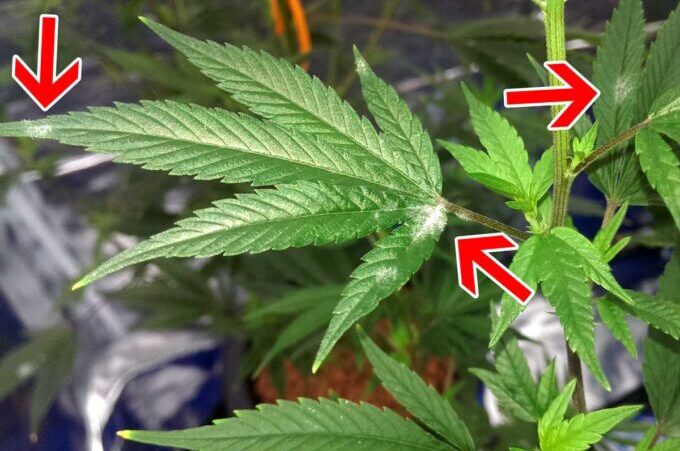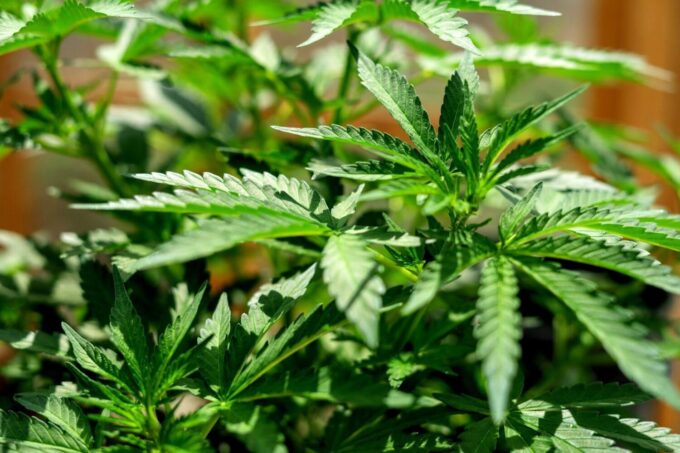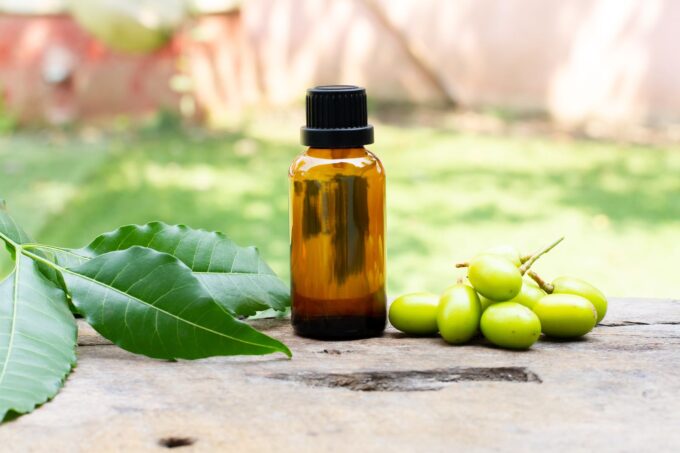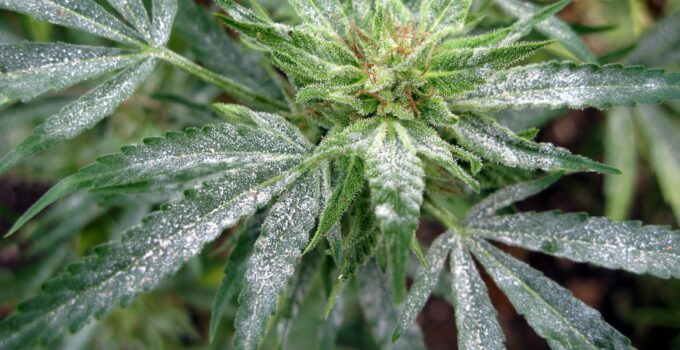Are you a cannabis farmer tired of battling powdery mildew on your plants? This familiar fungus can make all the hard work and care that goes into cultivating high-quality produce seem like an exercise in futility. But don’t throw in the towel just yet! If you understand what causes powdery mildew, how to identify it, and have the right set of solutions in place, you can win the war against this pesky fungus.
In this article, we’ll cover everything you need to know about powdery mildew on cannabis plants. We’ll start by discussing what powdery mildew is, how to identify it, the causes of this fungus, and then share the best ways to prevent and get rid of it.
So let’s get into it!
What is Powdery Mildew on Cannabis?
Powdery mildew is a type of fungus that can affect all sorts of plants, including cannabis. When it appears on cannabis plants, powdery mildew looks like a white, powdery coating on the leaves and buds. This is why the fungus is referred to as ‘white powdery mildew’ or WPM on most platforms.
These fungi are called obligate parasites, meaning they need a host plant to survive. In the case of powdery mildew on cannabis, the fungus latches onto the leaves and then begins to spread. It’s only a matter of time before it affects other plant parts, including the buds.
Powdery mildew is bad news for cannabis farmers because, over time, it can weaken the plant’s defenses and cause buds to become misshapen or stop growing altogether. It can also lead to a decrease in potency and yield and affect the flavor of your harvest.
For this reason, it’s essential to be vigilant in preventing and addressing powdery mildew before it causes too much damage. Powdery mildew can even be brought in on cannabis clones, so it’s important you choose a clone provider that maintains a high level of sterility and proper temperature and humidity control in their facility.
How To Identify Powdery Mildew on Cannabis

Source: growweedeasy.com
The first step in addressing powdery mildew on cannabis is being able to spot it. If you are a new cannabis farmer, identifying the fungus accurately may take some time and practice. However, if you are familiar with what powdery mildew looks like, then you can take steps to address it right away.
When powdery mildew first affects cannabis plants, it will look like white powder or dust on the leaves and buds. In other cases, this flour-like substance may appear on the underside of the leaves, which can be more challenging to spot.
As time goes by, the leaves of your cannabis plants may start to curl, discolor, and become distorted. The leaves start developing a yellowish or yellow-brown color, and eventually, some leaves may drop off.
When buds are affected, they may become stunted. In some cases, it can even cause buds to be hollow and underdeveloped. This results in a lower quality of product, as well as decreased potency.
If you notice any of these signs in your cannabis plants, it indicates that you have powdery mildew.
What Causes Powdery Mildew on Cannabis?
Powdery mildew spores are airborne, present in the environment, and can easily spread from one plant to another. While this means that even the most diligent cannabis farmers can fall victim to powdery mildew, certain conditions can increase the likelihood of your plants coming into contact with this fungus.
1. Poor airflow
One of the most common environmental factors that can lead to powdery mildew on cannabis plants is poor air circulation. When the air around your plants is stagnant, it creates an environment conducive to powdery mildew. The spores can settle on the leaves and quickly infect your plants.
2. High humidity
Almost all cannabis strains prefer a humid environment of around 50-60%. However, if the humidity in your grow room goes above this range, it can create ideal conditions for powdery mildew.
3. Poor spacing

Source: leafwell.com
Cannabis plants need plenty of space to thrive and grow. If your plants are too close together, the humidity in the air around them will increase, making it easier for powdery mildew to spread.
4. Poor ventilation
In addition to airflow, a sound ventilation system is essential. This will help keep the air circulating and reduce the chances of powdery mildew spores settling on the leaves of your plants.
These are just a few environmental factors that can increase the likelihood of powdery mildew on cannabis plants. By understanding these causes, you can take steps to prevent the fungus from taking hold in the first place.
How To Get Rid of Powdery Mildew on Cannabis Plants
If your cannabis plants have already been affected by powdery mildew, don’t panic. There are several ways to eliminate and keep this pesky fungus from returning. Here are some of the best solutions for getting rid of powdery mildew on cannabis plants:
1. Improve Air circulation
The first step is to improve the air circulation in your grow room. This can be done by adding more fans or opening windows and doors to allow fresh air to enter the space. This will help reduce the humidity in the air and make it harder for powdery mildew to take hold.
2. Prune infected areas
If you notice powdery mildew on your plants, the first step is to prune off the affected leaves and buds. This will help stop the fungus from spreading and keep it from infecting other parts of the plant.
3. Use neem oil

Source: southernliving.com
Neem oil is among the best natural pesticides to eliminate powdery mildew on cannabis plants. Neem oil works by killing the fungus and preventing it from spreading further. To use neem oil, mix it with water and spray it onto the affected areas.
You should mist your plants with neem oil once every 7 days until the fungus is gone. You can also use this as a preventative measure to help keep powdery mildew from coming back.
4. Use baking soda
For WPM to thrive, it needs a neutral pH of around 7.0. Baking soda adjusts the pH balance of your plants and makes it harder for powdery mildew to survive. When you apply baking soda, the environment becomes alkaline, and the fungus can no longer survive.
Mix 2 tablespoons with 1 gallon of water to use baking soda and spray it onto the affected areas. Make sure to cover all parts of the plant, including the underside of the leaves. Repeat this once every week until the powdery mildew is gone.
Final Thoughts
Powdery mildew is a common problem for cannabis farmers, but it doesn’t have to be. If you spot the signs of powdery mildew early on, you can take steps to get rid of it and keep it from coming back.
By understanding the environmental causes and following the tips outlined above, you can keep your cannabis plants healthy and free from this pesky fungus. However, always prefer natural methods for controlling powdery mildew, as chemical treatments can be toxic and cause too much damage.
Good luck!







